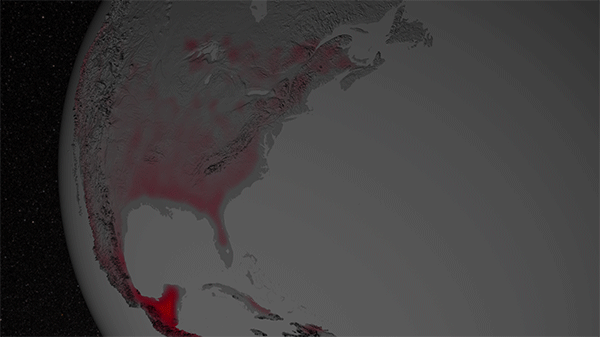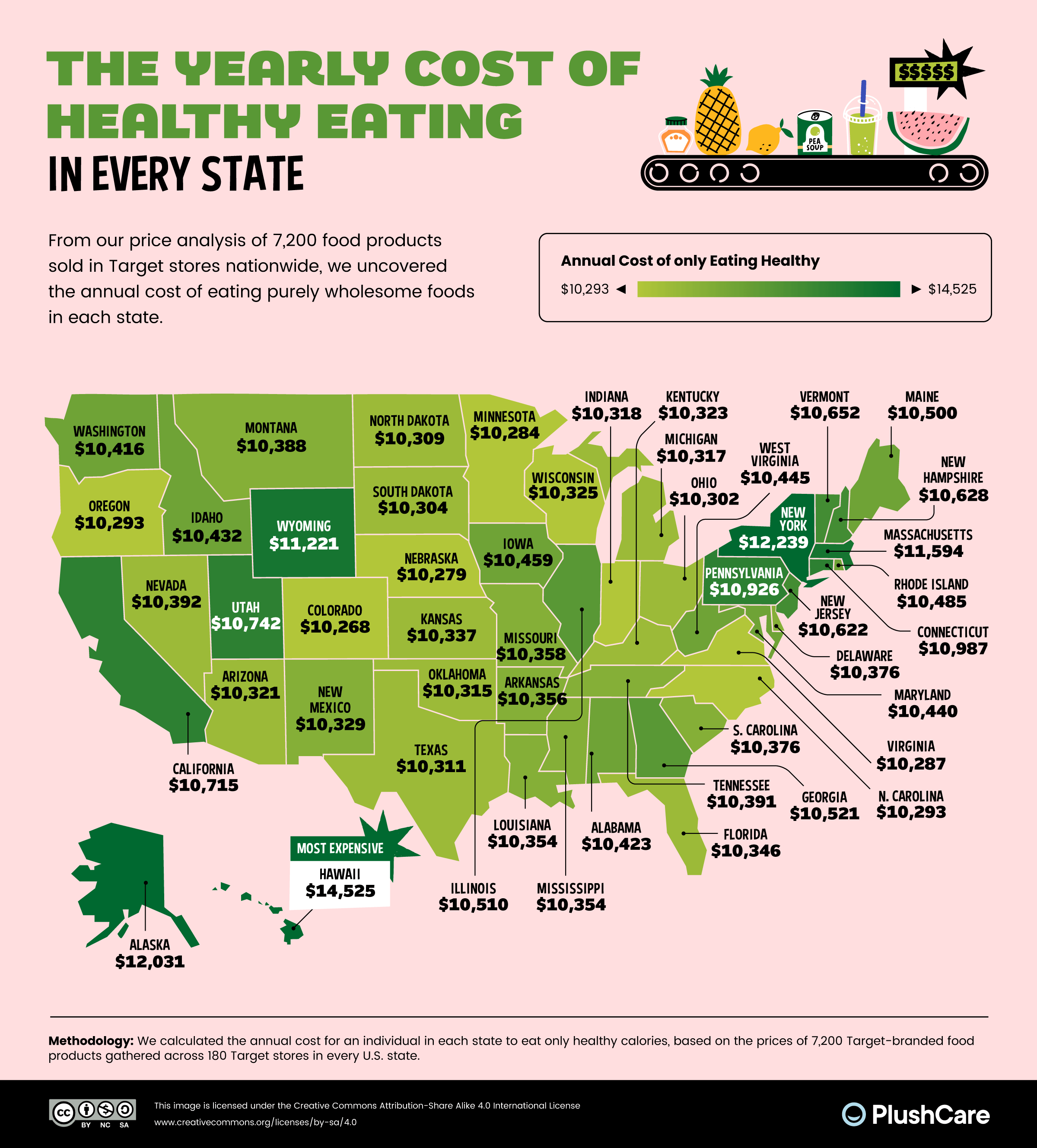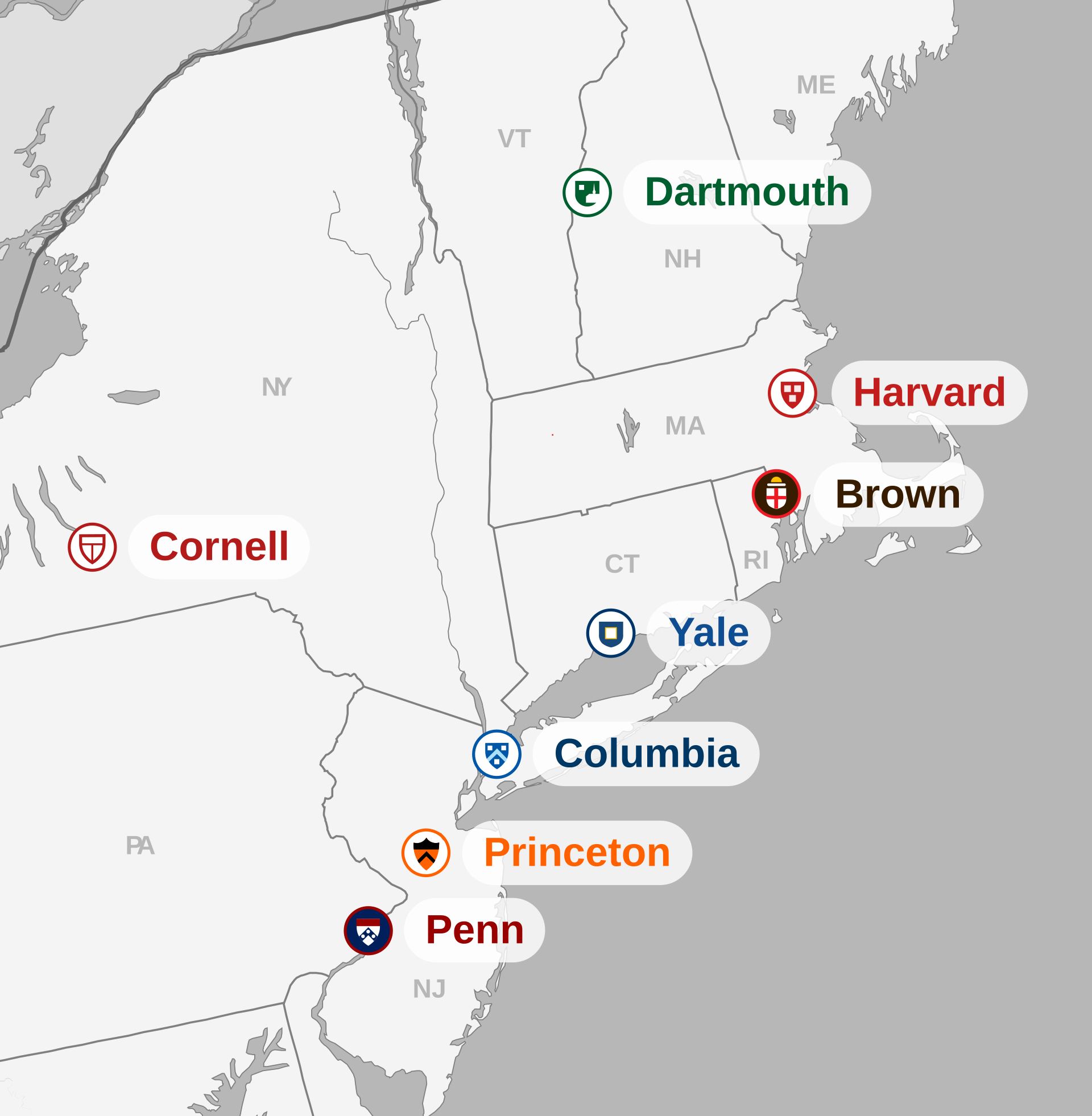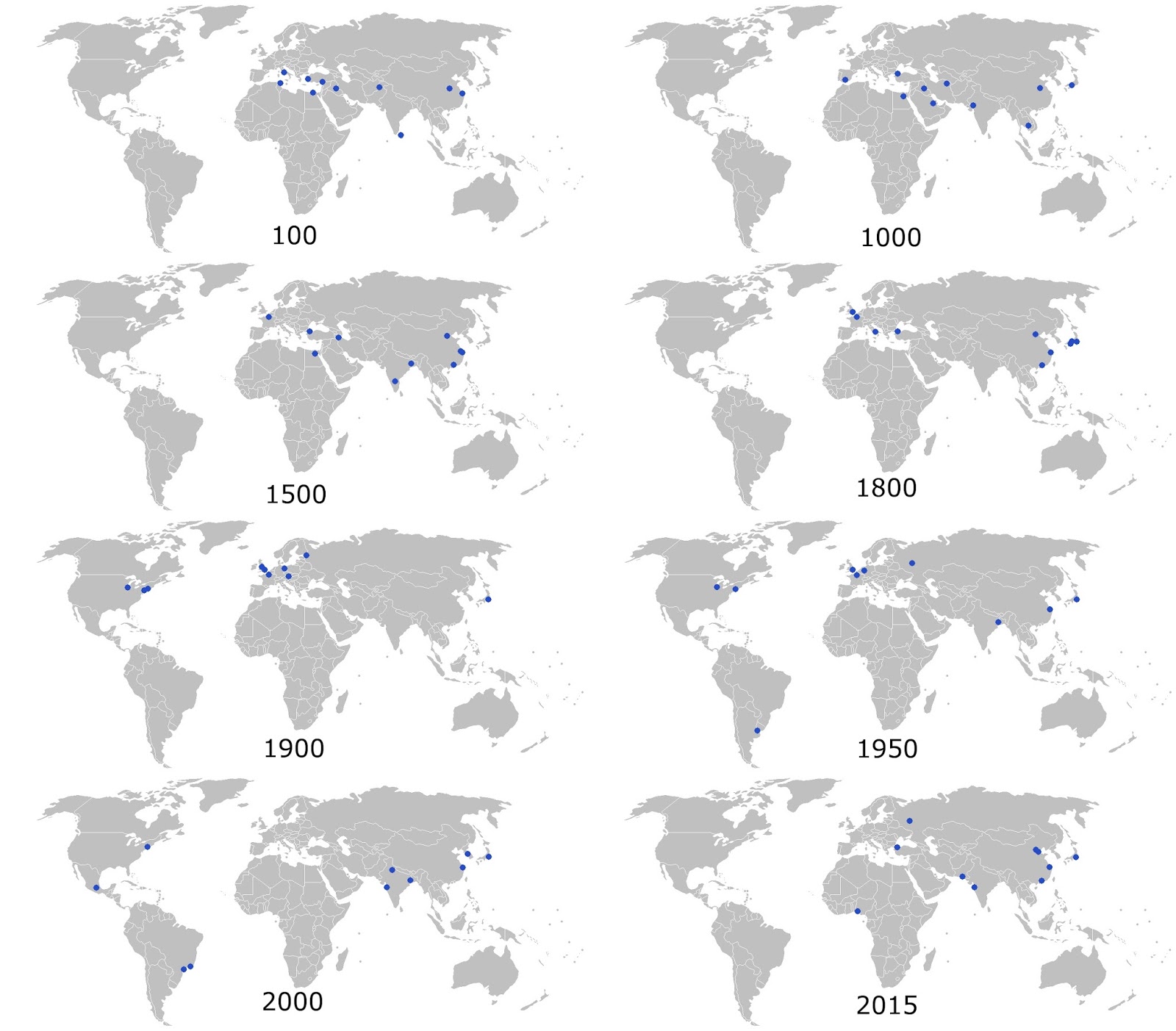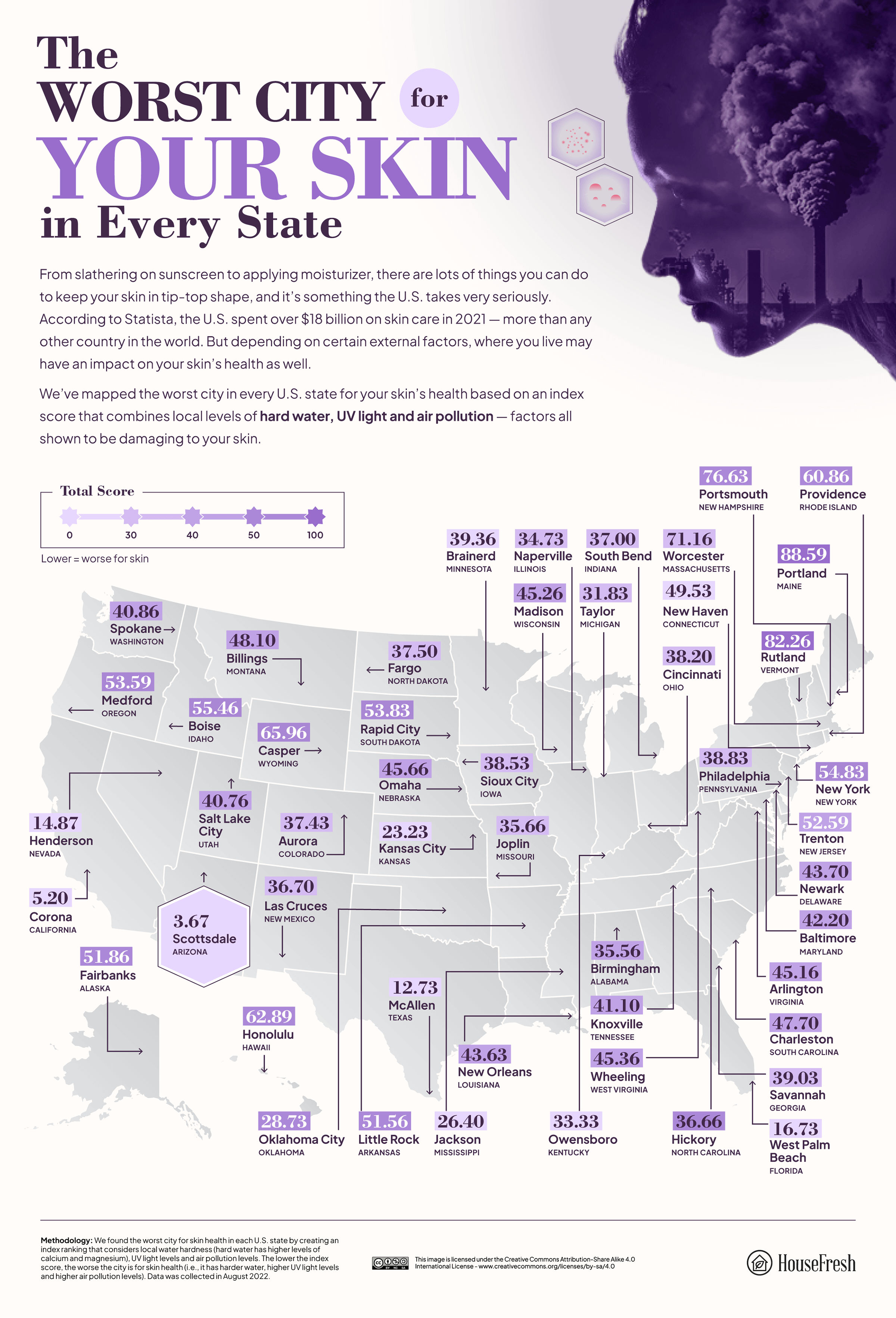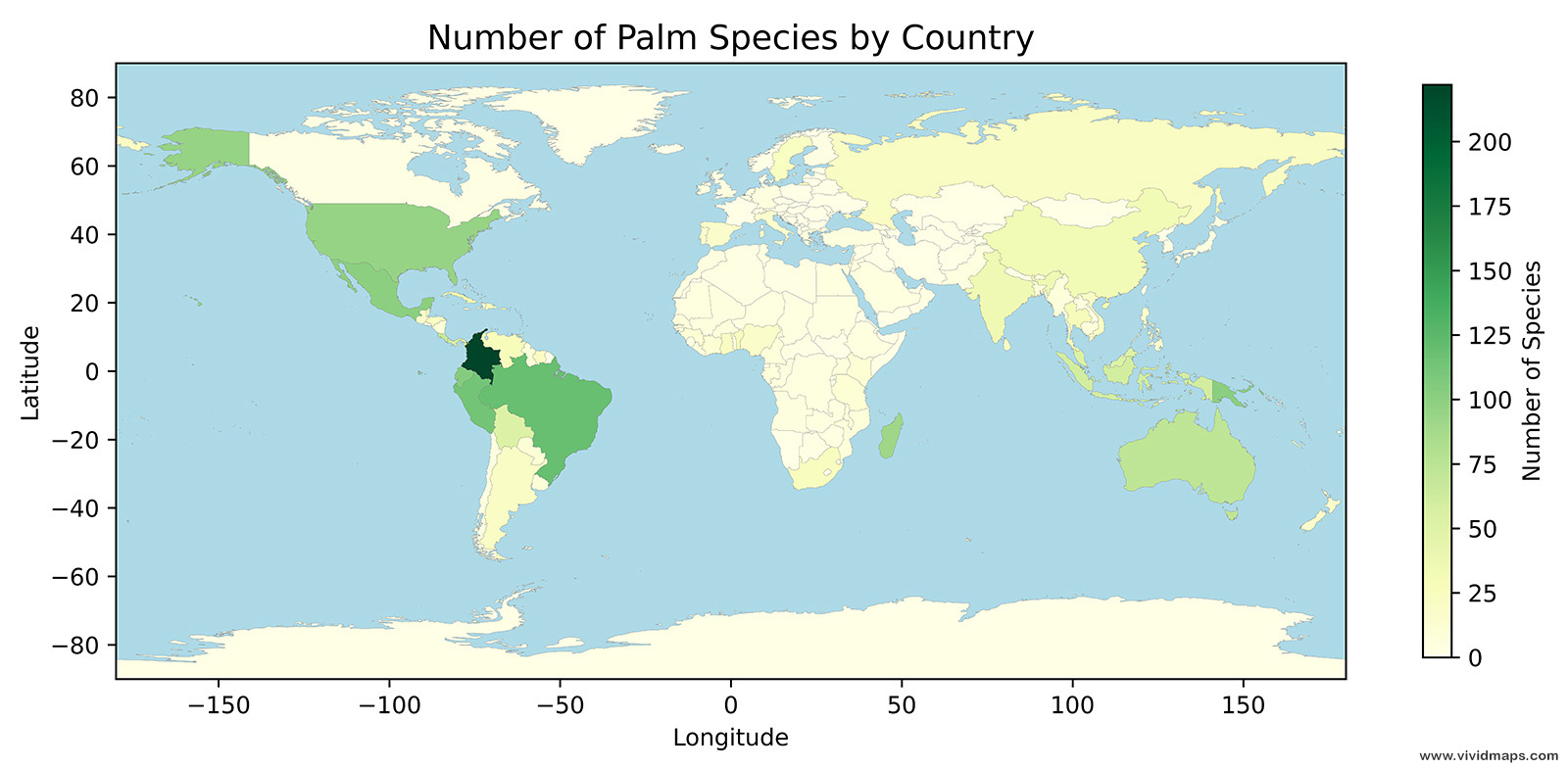Satellite Shows High Productivity from U.S. Corn Belt
Data from satellite sensors show that during the Northern
Hemisphere’s growing season, the Midwest region of the United States
boasts more photosynthetic activity than any other spot on Earth,
according to NASA and university scientists.
Healthy plants convert light to energy via photosynthesis, but
chlorophyll also emits a fraction of absorbed light as a fluorescent
glow that is invisible to the naked eye. The magnitude of the glow is an
excellent indicator of the amount of photosynthesis, or gross
productivity, of plants in a given region.
Research in 2013, led by Joanna Joiner of NASA’s Goddard Space Flight
Center in Greenbelt, Md., demonstrated that fluorescence from plants
could be teased out from existing data from satellites that were
designed and built for other purposes. The new research, led by Luis
Guanter of the Freie Universität Berlin, used the data for the first
time to estimate photosynthesis from agriculture. Results were published
March 25 in the Proceedings of the National Academy of Sciences.
According to co-author Christian Frankenberg of NASA’s Jet Propulsion
Laboratory in Pasadena, Calif., “The paper shows that fluorescence is a
much better proxy for agricultural productivity than anything we’ve had
before. This can go a long way regarding monitoring — and maybe even
predicting — regional crop yields.”
Guanter, Joiner and Frankenberg launched their collaboration at a
2012 workshop, hosted by the Keck Institute for Space Studies at the
California Institute of Technology (Caltech) in Pasadena, to explore
measurements of photosynthesis from space. The team noticed that on an
annual basis, the tropics are the most active in photosynthesis. But
during the Northern Hemisphere’s growing season, the U.S. Corn Belt
“really stands out,” Frankenberg said. “Areas all over the world are not
as productive as this area.”
The researchers set out to describe the phenomenon observed by
carefully interpreting data from the Global Ozone Monitoring Experiment 2
(GOME-2) on Metop-A, a European meteorological satellite. Data showed
that fluorescence from the U.S. Corn Belt peaks in July at levels 40
percent greater than those observed in the Amazon.
Comparison with ground-based measurements from carbon flux towers and yield statistics confirmed the results.
“The match between ground-based measurements and satellite
measurements was a pleasant surprise,” said Joiner, a co-author on the
paper.
Ground-based measurements have a resolution of about 0.4 square mile
(1 square kilometer), while the satellite measurements currently have a
resolution of more than 1,158 square miles (3,000 square kilometers).
The study confirms that even with coarse resolution, the satellite
method could estimate the photosynthetic activity occurring inside
plants at the molecular level for areas with relatively homogenous
vegetation like the Corn Belt.
Challenges remain in estimating the productivity of fragmented
agricultural areas not properly sampled by current space-borne
instruments. That’s where missions with better resolution could help,
such as NASA’s Orbiting Carbon Observatory-2 (OCO-2) — a mission
planned for launch in July 2014 that will also measure solar-induced
fluorescence.
The research could also help scientists improve the computer models
that simulate Earth’s carbon cycle, as Guanter found a strong
underestimation of crop photosynthesis in models. The analysis revealed
that carbon cycle models — which scientists use to understand how
carbon cycles through the ocean, land and atmosphere over time —
underestimate the productivity of the U.S. Corn Belt by 40 to 60
percent.
Unlike most vegetation, food crops are managed to maximize
productivity. They usually have access to abundant nutrients and are
irrigated. The U.S. Corn Belt, for example, receives water from the
Mississippi River. Accounting for the region’s irrigation is currently a
challenge for models, which is one reason why they underestimate
agricultural productivity.
“If we don’t take into account irrigation and other human influences
in the agricultural areas, we’re not going to correctly estimate the
amount of carbon taken up by vegetation, particularly corn,” Joiner
said. “Corn plants are very productive in terms of assimilating carbon
dioxide from the atmosphere. This needs to be accounted for going
forward in trying to predict how much of the atmospheric carbon dioxide
will be taken up by crops in a changing climate.”
According to Frankenberg, the remote sensing-based techniques now
available could be a powerful monitoring tool for food security,
especially data from OCO-2 in combination with data from other upcoming
satellites such as NASA’s Soil Moisture Active Passive (SMAP), scheduled
for launch later this year.
NASA monitors Earth’s vital signs from land, air and space with a
fleet of satellites and ambitious airborne and ground-based observation
campaigns. NASA develops new ways to observe and study Earth’s
interconnected natural systems with long-term data records and computer
analysis tools to better see how our planet is changing. The agency
shares this unique knowledge with the global community and works with
institutions in the United States and around the world that contribute
to understanding and protecting our home planet.
Via NASA

